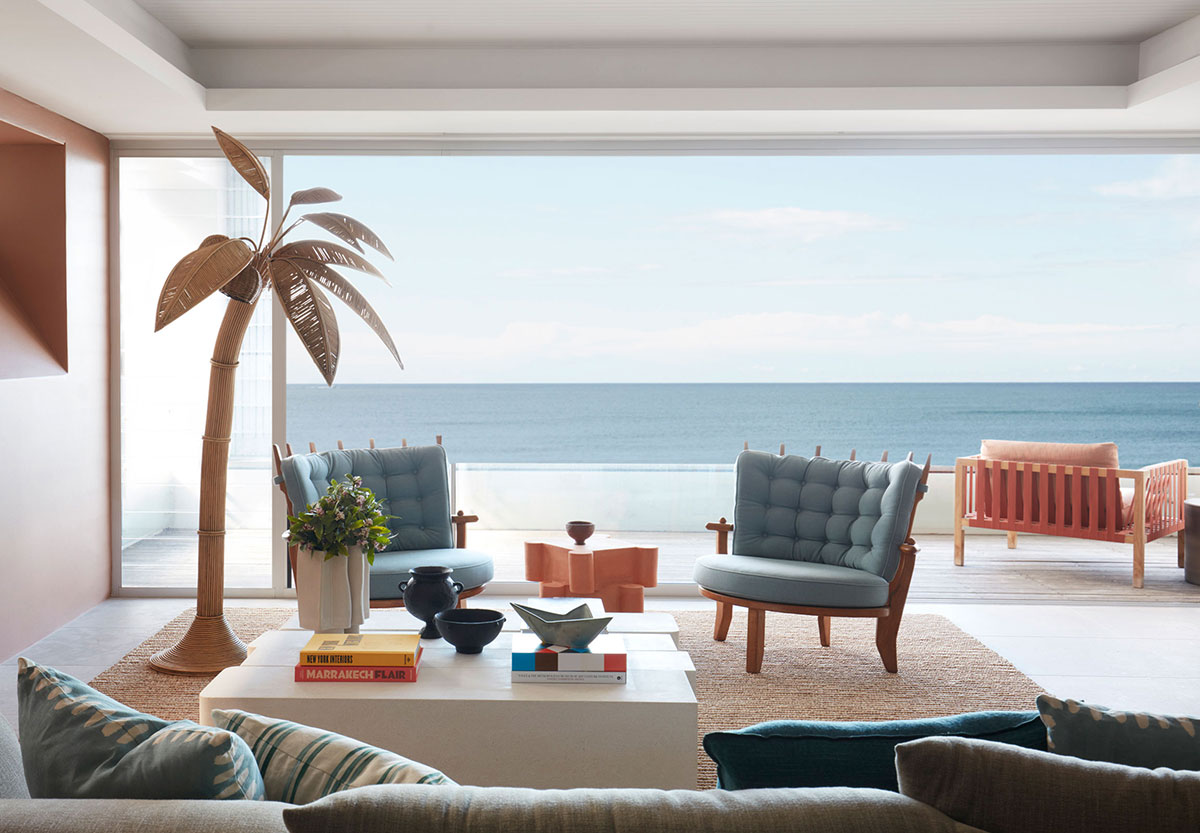Introduction
The vestibule of a building is the area between the exterior door and the interior of the structure. This transitional space serves as a buffer between the outdoors and indoors and provides a place for individuals to adjust to the change in temperature and prepare to enter a building. Vestibule lighting plays a crucial role in setting the tone for the entire interior space of a building. In this article, we will explore the importance of vestibule lights and ways to select and use lighting to enhance the design and safety of this area.
The Importance of Vestibule Lighting
Vestibule lighting serves a functional and aesthetic purpose. From a functional standpoint, vestibule lights provide safety and security for those entering and exiting the building. Adequate lighting is essential to ensure that individuals can navigate the space with ease and avoid potential hazards such as steps, curbs, or uneven surfaces. Lighting also provides a sense of security, making individuals feel safe by reducing the likelihood of criminal activity such as theft or vandalism.
From an aesthetic perspective, vestibule lighting sets the tone and ambiance for the entire building. The entranceway is the first thing individuals see when they approach a building, and a well-lit area can create a welcoming atmosphere. The lighting can be used to highlight architectural features, artwork, or signage, adding visual interest and helping individuals orient themselves within the space.
Types of Vestibule Lighting
There are several types of lighting that can be used in a vestibule, including ambient lighting, task lighting, and accent lighting. Ambient lighting provides overall illumination for the space and can be used to create a warm, inviting space. Task lighting is used to illuminate specific areas of the vestibule such as coat racks or bulletin boards. Accent lighting is used to highlight specific features within the space such as artwork or architectural details.
Considerations for Selecting Vestibule Lighting
When selecting vestibule lighting, several factors should be considered. The first factor is the purpose of the entryway, as this will determine the type and level of lighting required. For example, a vestibule in a commercial building may require brighter, more intense lighting than a vestibule in a residential building.
Another factor to consider is the style and decor of the building. The lighting should complement the overall design of the space and enhance its aesthetic appeal. Color temperature, lumens, and the bulb type should also be considered to ensure that the lighting is energy-efficient while still meeting the lighting requirements of the space.
Installation and Placement
Proper installation and placement of vestibule lighting are essential to ensure the space is adequately illuminated. The lighting should be positioned to provide even illumination throughout the space and avoid shadows or glare. Additionally, fixtures should be securely installed to reduce the risk of accidents or injuries.

